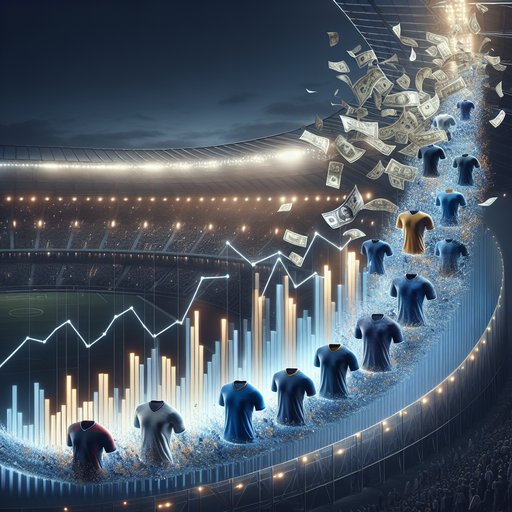
In a significant financial development for Spanish football, Barcelona has been hit with a substantial €112 million reduction in their salary cap for the 2025-26 season, as confirmed by La Liga [1]. This dramatic cut represents one of the most substantial financial adjustments in European football, highlighting the ongoing challenges faced by one of the world's most prestigious clubs.
The salary cap reduction places Barcelona in a particularly challenging position compared to their main rivals. Real Madrid maintains a significantly higher salary limit, creating an increasingly wide financial gap between the two Spanish giants [1]. This disparity could have lasting implications for Barcelona's competitiveness in both domestic and European competitions.
Meanwhile, other European clubs are showing signs of financial resilience through strategic partnerships. Inter Milan has successfully renewed their sponsorship contract with a major appliance and electronics manufacturer, demonstrating how top clubs are diversifying their revenue streams [2]. This contrast highlights the different approaches being taken by European clubs to maintain financial stability.
The tennis world is also experiencing significant commercial growth, with the Laver Cup emerging as a premier sponsorship opportunity. What began as an extension of Roger Federer's brand has evolved into a major commercial platform, attracting substantial business interest and demonstrating the potential for innovative sports properties [3].
The impact of salary caps and financial regulations continues to reshape professional sports globally. While some organizations face restrictions, others are finding new opportunities through creative commercial partnerships and event properties, indicating a shifting landscape in sports business models.
























